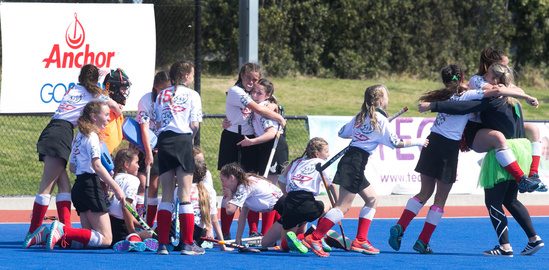
It can be tricky knowing where and how to start when it comes to recycling. With a big focus on minimising our carbon footprint and preventing waste we’ve put together a few tips and tricks that may help you with your recycling journey.
How to recycle Anchor milk and cream bottles
Our Anchor Light Proof milk and cream bottles are both recyclable in New Zealand, which means you can put them in your recycling bin for kerbside collection or take them to your local recycling centre.
Rinse out your milk bottles and remove caps before placing bottles into the recycling bin as this reduces contamination and helps with processing at the recycling centres.
Caps can be taken to community collection points or selected New World, PAK’nSAVE, and Four Square supermarkets in Auckland, Tauranga, Wellington and Christchurch. For a list of locations visit https://capsandlidsrecycling.co.nz/where-to-recycle/
Before recycling packaging it’s always worth asking the question, is there another use for the packaging? There are loads of awesome ideas out there for reusing milk bottles. One of our favourites is pricking holes in the bottle cap and reusing the water bottle as a makeshift watering can for the garden. Not only does this mean you are reusing your milk bottle, it means you are limiting the amount of water used on your garden instead of using a hose.
How to recycle your Anchor yoghurt tubs
Our 180g, 450g and 950g yoghurt tubs are made of polypropylene (#5) which is collected for recycling in New Zealand through kerbside and local council recycling centres.
Make sure you rinse your yoghurt tub and remove the lid before you recycle it. This helps reduce contamination and ensures tubs get recycled into new materials.
Lids can be taken to community collection points or selected New World, PAK’nSAVE, and Four Square supermarkets in Auckland, Tauranga, Wellington and Christchurch. For a list of locations visit https://capsandlidsrecycling.co.nz/where-to-recycle/
How to recycle Anchor Uno pouches
Anchor is a partner of the Love NZ Soft Plastics Recycling Scheme and our Anchor Uno pouches are recyclable through this programme. Take your empty pouches to a participating store, where they are collected and made into new products like fence posts and bollards.
Our other yoghurt packaging
Our cardboard sleeves are recyclable through your household recycling and local council recycling centres.
We’re focused on making our packaging recycle ready, including pottles and seals. This transition takes time as we need to ensure that any new packaging material we use has been fully tested across the life cycle of the product. In the meantime, please dispose of these responsibly in your general waste bin.
How to recycle Anchor long-life milk and custard cartons
Anchor’s long-life milk and custard cartons are made of liquid paperboard, which can be recycled through the Food and Beverage Carton Recycling Scheme. These cartons are then recycled into innovative, low carbon construction materials. For more information and to find your nearest drop-off centre, visit home.recycling.kiwi.nz.
Make sure you open and rinse your used cartons before recycling them. This helps reduce contamination and ensure cartons get recycled into new materials.
Caps can be taken to community collection points or selected New World, PAK’nSAVE, and Four Square supermarkets in Auckland, Tauranga, Wellington and Christchurch. For a list of locations visit https://capsandlidsrecycling.co.nz/where-to-recycle/


